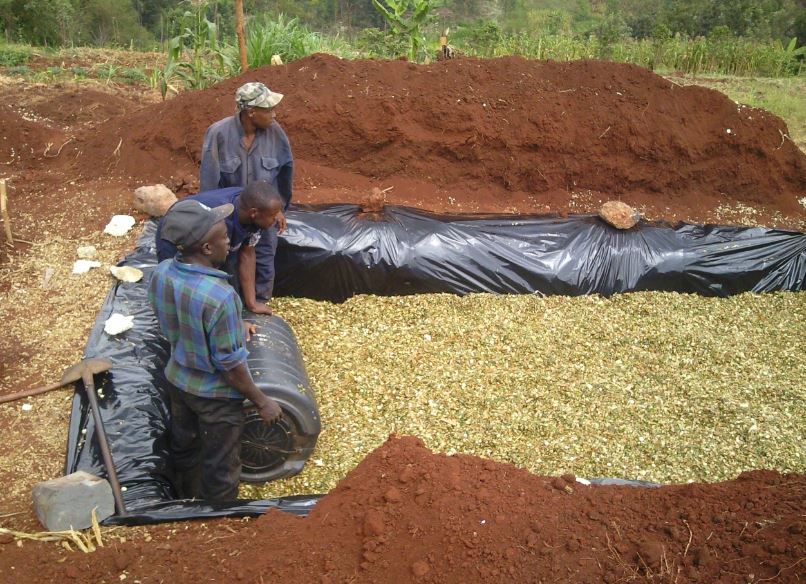Low rainfall regions dairy farmers can feed their livestock through the year by growing drought tolerant fodder maize for silage.
The yellow composite maize from Kenya Agricultural and Livestock Research Organisation (KALRO) tolerates high temperatures up to 30 degrees Celsius typical to dry areas such as Makueni, Kitui and Machakos in addition to withstanding dry spells to give up to eight tonnes of feed mass per acre in four months.
Other varieties such as H624 for instance yield an average of 3.6 tonnes per acre, mature in six to seven months and cannot resist drought.
“We have undertaken field trials in semi-arid areas such as Makueni and found out that the variety withstands harsh weather,” said Benson Muturi, Nyandarua KALRO field officer.
Farmers can purchase seeds at KALRO Agriculture Information and Resource Center, Munyaka, South Kinangop, Nyandarua at Sh400 per kilo.
On average, Makueni County receives rainfall of about 591mm per year and the temperature is about 24 degrees Celsius, according to Climate-Data.org.
Other lower eastern Kenya counties like Kitui and Machakos have similar weather patterns, with variation depending on the location.
“Although rain does not fall continuously, harvesting the maize in four months can help farmers in feeding livestock for the entire year. This is possible through conversion to silage for storage after harvest,” said Muturi.
Related content
Farmer resorts to green maize, making four times profit as compared to grains
Mulching saves farmers Sh15,100 in maize production costs
Drought tolerant maize variety matures in three months ready for fresh green market
Farmers making silage in the past. Photo/file.
According to Tegemeo Research Institute, the cost of milk production in Kenya costs between Sh19 to Sh22 per liter when farmers buy dairy feeds making of own dairy feeds cuts production costs to Sh14.
Because of the unreliable rain in the country, timing the maize against the countrywide April long rains can ensure food sufficiency as well as avert loss of livestock to drought.
A 2017 report by Project Concern International reveals that pastoralists lose a third of their herd due to limited vegetation during the dry seasons.
With minimum rain of about 500mm after germination, mulching, and topdressing, the variety can yield stems of up to two meters.
It is suitable for silage making after flowering.
Silage is prepared by slicing green maize stalks into pieces of about five centimeters. The chopped maize stalks or any other feed like Napier grass is laced with molasses before packaging into air tight bags for storage.
Air tight bags are sold at Sh250 each by companies such as SaveGrain bags.
A 20 kg liter can of molasses in Kenya retails at an average of Sh300- 500 in agro vets.
In the absence of air-majorly oxygen-which causes rotting as microbes work on organic matter, the green material is preserved for a year of so for use.
A grade cow may eat up to 30 kg of silage per day. To ensure that the milk has no silage smell, feed after milking or at least 3 hours before milking.
Muturi can be reached on +254724492456.

















Comments powered by CComment